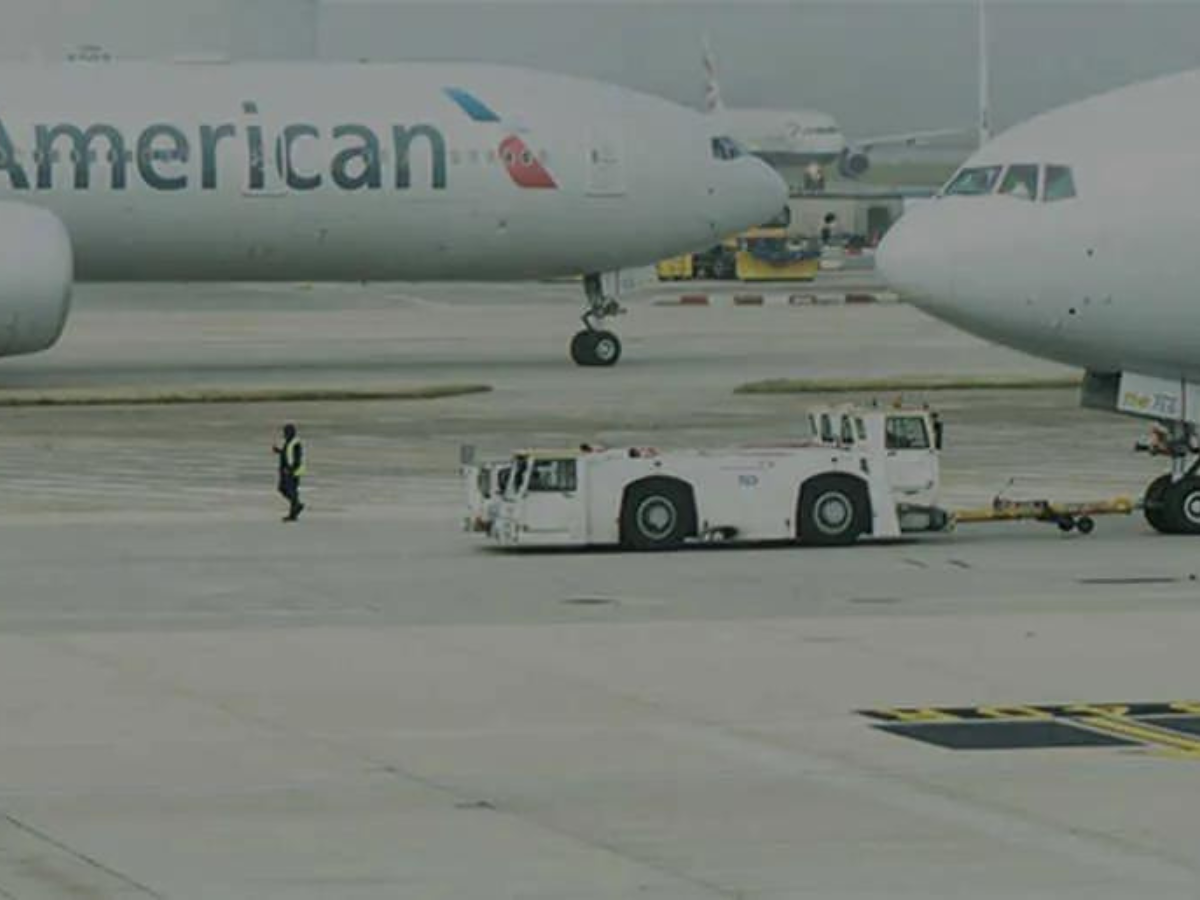MAG Deploys Motorola Solutions Capacity Max at Stansted Airport
Flexible expansion, extended coverage and reliable, mission-critical communications.

Manchester Airports Group (MAG) is a leading UK airport group that owns and operates Manchester and London Stansted airports, alongside a significant property portfolio. Collectively MAG airports contributed over £7bn to the UK economy last year, supporting thousands of jobs and serving circa 62 million passengers, with 70 airlines flying to 270 destinations from its hubs; and this number will only grow. MAG supports principles of sustainable development in the aviation industry, striking a balance between economic, social and environmental considerations.
London Stansted Airport is London’s third-busiest airport, currently serving around 28 million passengers a year. Stansted continues to increase passenger numbers, year on year and has longer term aspirations to grow beyond the current 35 million passengers per year planning approval.
Communication Challenges
MAG decided to upgrade its radio communications networks from analogue to digital at Stansted and Manchester airports. MAG wanted all their airports on the same system, all radio protocols to be identical and features and functions aligned, with the option of connecting the sites in the future. It selected a Motorola Solutions MOTOTRBO Capacity Max system to be deployed by industry specialist and long- term Motorola Solutions platinum elite partner Radiocoms. In view of its current growth and the new terminal due to open next year, it was agreed to start the deployment at Stansted.
Nick Millar, Operations Director, London Stansted Airport (MAG), said:Radiocoms has extensive experience deploying radio networks within the airport sector, working with several UK Airports and major Airlines.
Airport business is managed by a dedicated team of four engineers, with over 70 years’ experience in the radio communication aviation sector. The transition from analogue to digital was handled very smoothly, with no loss of service, and we rest assured that our Capacity Max system has all the functionality, security and scalability we need to meet our future requirements here at Stansted.
The Solution
Working in close collaboration with IT Communications at MAG, Radiocoms managed the deployment in its entirety, from proposed design, to site surveys, rack positioning, architecture requirements, to redundancy elements and full documentation. The system was built, tested and signed off at Radiocoms’ offices in Heathrow, before being transported to Stansted for storage while the system was rolled out smoothly, and with no loss of service.
The system is designed to ensure radio coverage across the whole site, including far runways, cargo areas and outlying carparks, and within a 1.6 km (1-mile) radius beyond the airport’s perimeter.
Mission-Critical Communications
The complex infrastructure is controlled by a Capacity Max System Server. Users were equipped with MOTOTRBO DP4801e portable two-way radios, with 30 MOTOTRBO DM4601e fixed-mobile two-way radios used as desk radios and a further 60 DM4601e units being installed in-vehicle.
Departments and sub-departments can decide how best to organise and manage their talk group and each has a primary channel for that group, but they can also have access to other relevant talk groups on request, for example, the customer experience group can also communicate with security and terminal facilities.
Benefits of the Capacity Max Intelligent Radio Solution
- Smooth transition from analogue to digital with no loss of service
- Increased capacity for growing usage of system, with option to extend to 3rd party commercial users
- Flexible architecture for simple expansion once Stansted’s new terminal is complete
- Improved site coverage up to 1-mile radius beyond airport perimeter
- Future capability to link the 3 MAG airports: Stansted, Manchester and East Midlands
- Excellent user feedback with regard to the ease-of-use and audio clarity
- Dedicated talk groups and priority level channels enable more efficient communications, both day-to-day and in an emergency
- Dedicated, ongoing 24/7 support and service to meet strict SLAs
Conclusion
There are dedicated priority level “Inform” channels that are programmed into every single radio, and are only used in the event of a widespread incident, such as a fire or a security alert. As well as the airport employees, Radicoms also manages the network for 250 third-party commercial users such as employees of major airlines, ground handlers, transport companies, builders and concessions, who have started communicating over the network. In view of the potential scale and capacity of the network, it is expected that further commercial users will be migrated onto the platform in the future.
Stansted has a comprehensive maintenance agreement with Radiocoms, who has a dedicated airport team of four specialist engineers. This agreement is backed up with Motorola Solutions premier services package, which covers the initial deployment and subsequent incremental orders.
This article was originally published by Radiocoms Systems Ltd.








